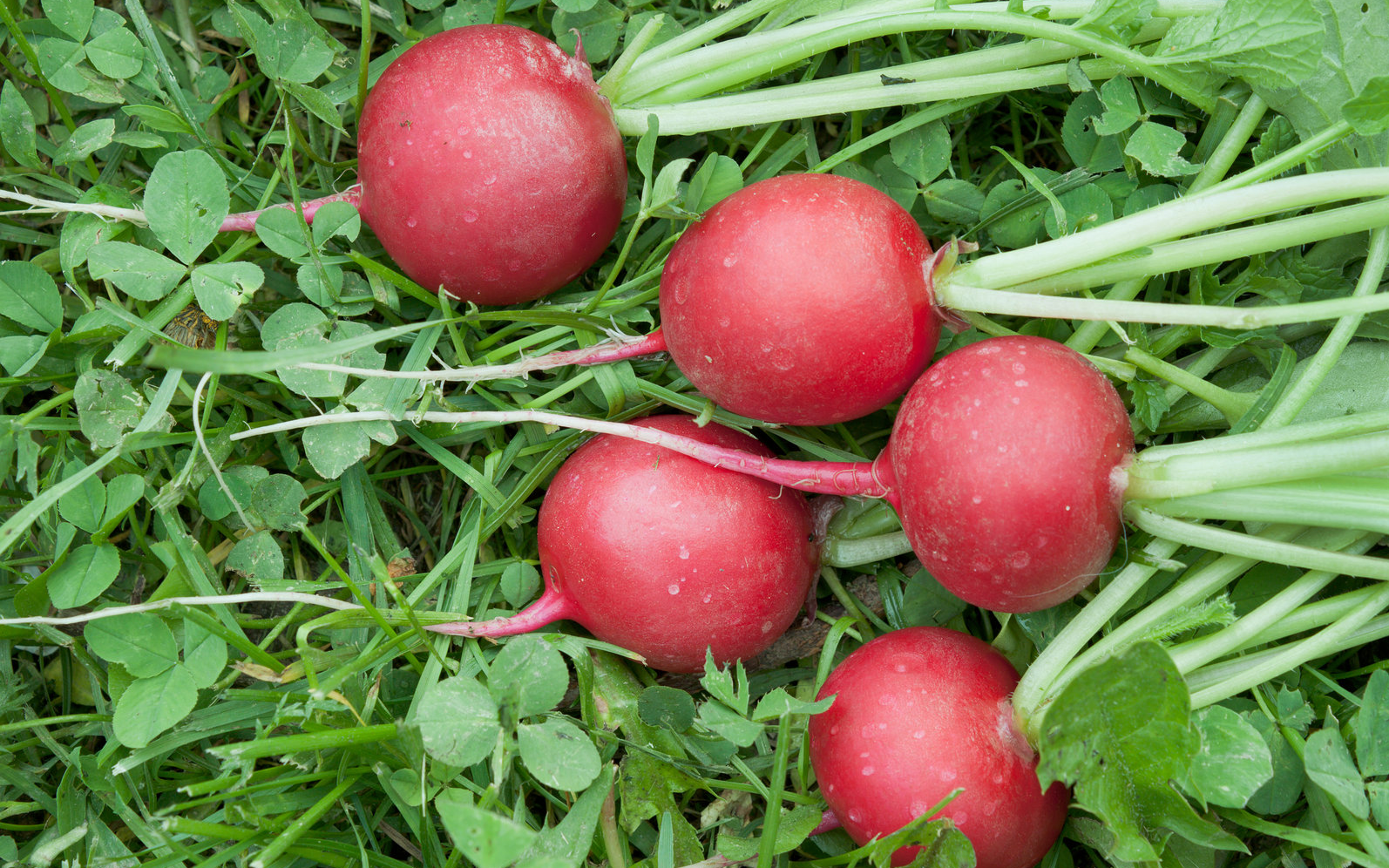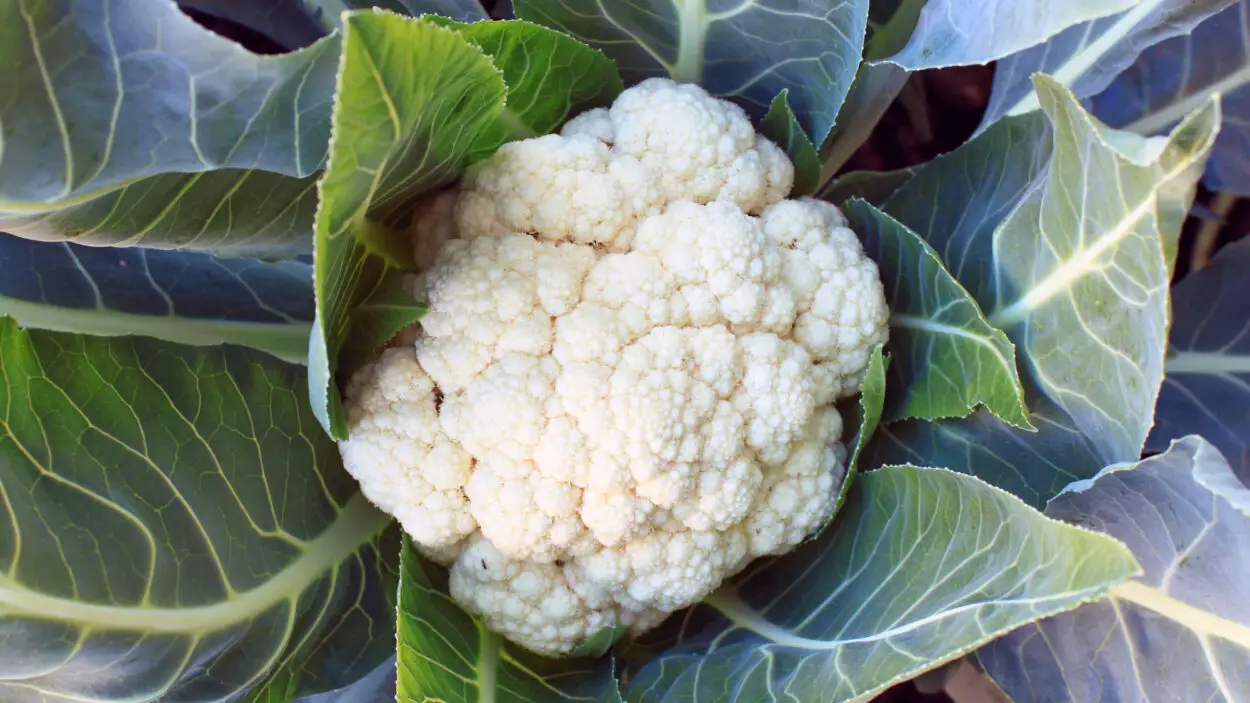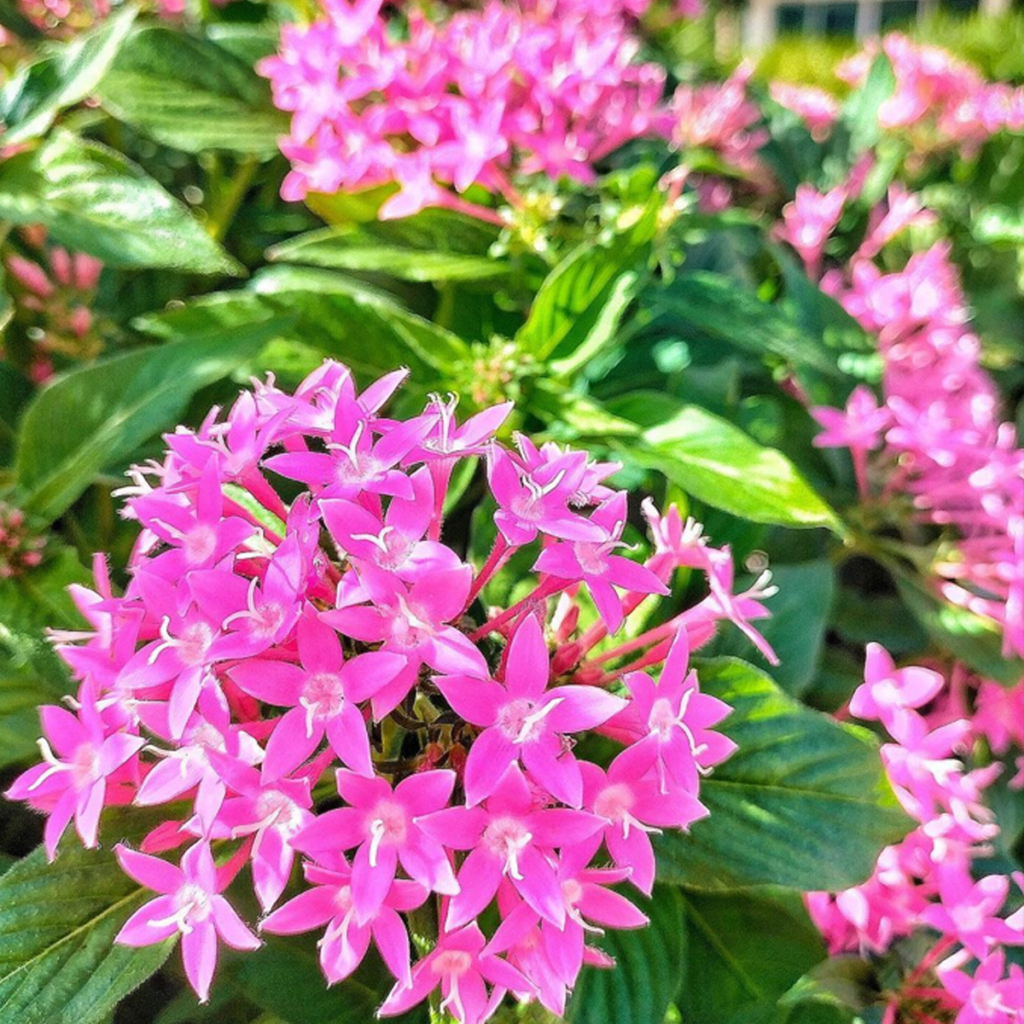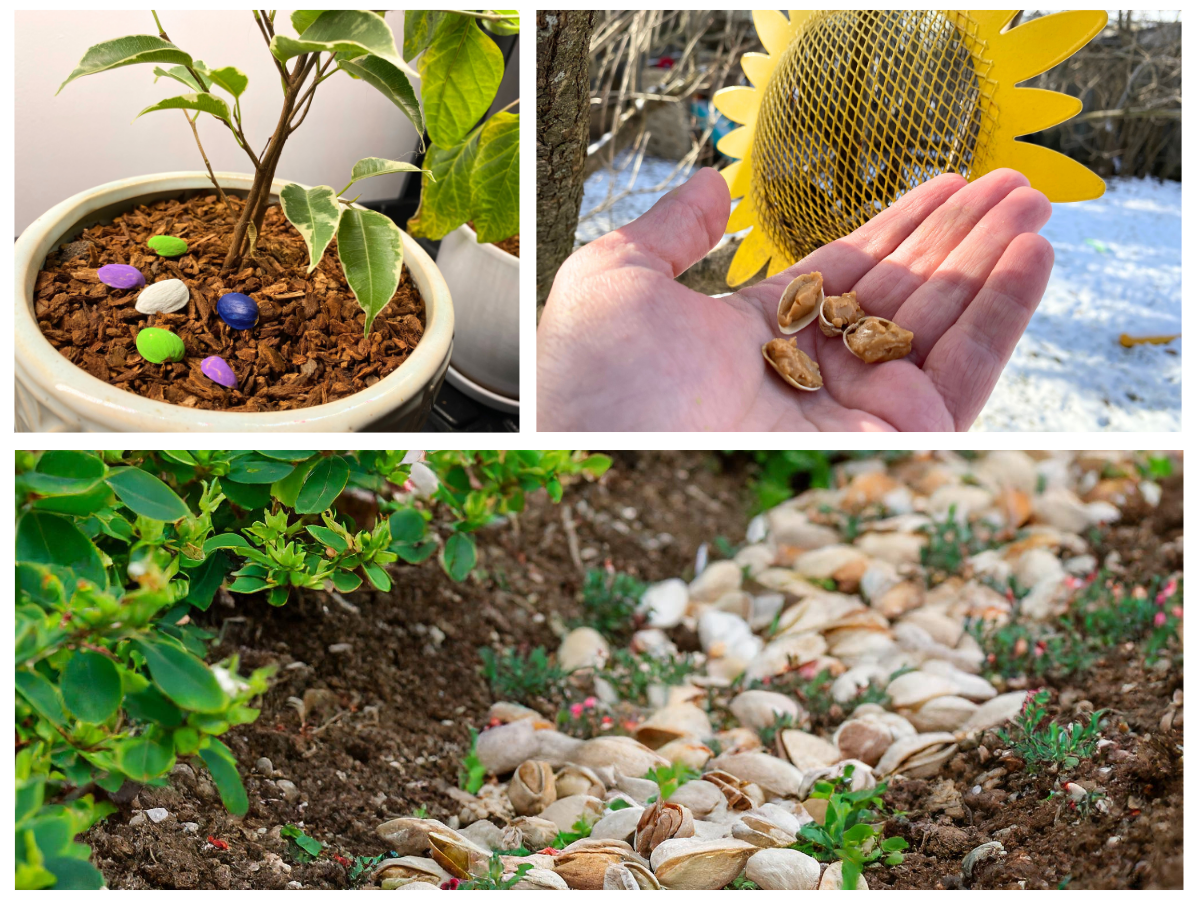10 Bright Yellow Perennial Flowers to Add to Your Garden
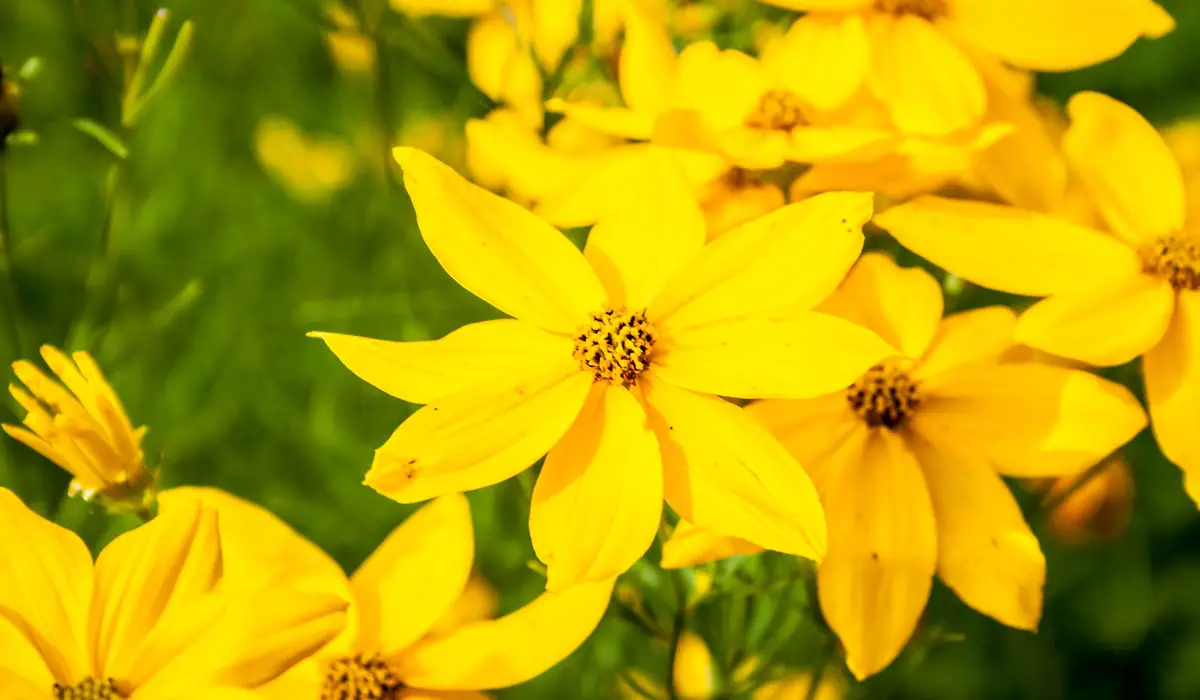
Perennials are a great addition to any garden, but yellow flowers specifically add a unique dynamic to the space. This color is versatile as it works well as a bright yellow display or mixed with other flowers, enhancing other plants in the space while improving the overall color vibrancy.

When on the subject of yellow flowers, the standard sunflower comes to mind. However, there are a plethora of flower types that adorn any garden, from bright to soft yellow, adding a pleasantness to your backyard.
“If you’ve never experienced the joy of accomplishing more than you can imagine, plant a garden.” – Robert Brault
Robert Brault
Here I’ve narrowed down 10 excellent options for you to consider when designing your yard. These flowers don’t demand too much in terms of growth needs, and they all complement one another.
No matter how small or large your garden space is, I recommend adding these gorgeous perennial flowers.
1. Sundrops (Oenothera fruticosa)

This is a fun and easy choice for someone new to gardening – but seasoned pros can enjoy this very undemanding flower too! Sundrops grow in bunches, producing small round flowers that are roughly 2 inches in diameter.
These gems are a tough species of plant that do fine with minimal amounts of water and fertilizer. Their growth isn’t hindered by tough terrain or rocky soil.
Initially, you can start off with seeds, but once you have a few flowers growing, you can expand your collection by splitting up clumps and planting them separately.
| Botanical Name: | Oenothera fruticosa |
| Growth Rate: | Fast |
| Native Range: | Eastern North America |
| Hardiness Zones: | 4-8 |
| Dangers: | Poison, irritation, toxic to pets, etc. |
| Soil Needs: | Chalk, loam, sand |
| Tolerate: | Drought, rocky soil, dry soil |
| Ease of Care: | Easy |
| Diseases: | No risk of serious diseases |
| Propagation: | Seeds or flower clumps can be divided to create new plants |
| Fertilizer: | No fertilizer needed |
| Pests: | Hummingbirds |
| Blooming Period: | (long, short, none) |
| Pruning: | Light pruning before spring |
| Water needs: | Low, average |
2. Yellow Evening Primrose (Oenothera macrocarpa)

This is also known as the Missouri Primrose since it is native to the southern and central regions of America. This plant features long tubular flowers that are downward facing. It is a nocturnal plant, so its flowers bloom at night.
Keep in mind moths pollinate these plants, so you’ll want to separate them from other moth-sensitive plants.
| Botanical Name: | Oenothera macrocarpa |
| Growth Rate: | Fast |
| Native Range: | Southern and Central America |
| Hardiness Zones: | 3-7 |
| Dangers: | None |
| Soil Needs: | Medium loam, sandy loam, limestone-based |
| Tolerate: | Drought, clay soil, rough terrain, rocky soil |
| Ease of Care: | Easy |
| Diseases: | No major disease risks |
| Propagation: | Seeds or stem cuttings |
| Fertilizer: | Not needed |
| Pests: | Attracts moths |
| Blooming Period: | Short |
| Pruning: | Not necessary |
| Water needs: | Low |
3. Yellow Coneflower (Echinacea paradoxa)

This plant produces large daisy-like flowers that can be 4-5 inches across. It is a tough plant that can withstand heat very well. The dark chocolate brown cone in the center of the flower makes it a unique site in any garden.
| Botanical Name: | Echinacea paradoxa |
| Growth Rate: | Fast |
| Native Range: | South and Central America |
| Hardiness Zones: | 5-9 |
| Dangers: | Poison, irritation, toxic to pets, etc. |
| Soil Needs: | Chalk, loam, sand |
| Tolerate: | Clay soil, deer, drought, rocky soil |
| Ease of Care: | Easy |
| Diseases: | None |
| Propagation: | Seed |
| Fertilizer: | Balanced NPK (10. 10. 10) |
| Pests: | None |
| Blooming Period: | Long |
| Pruning: | Not necessary |
| Water needs: | Low |
4. Yellow Daylily (Hemerocallis lilioasphodelus)

This plant has small trumpet-shaped flowers that are extremely fragrant. Its bright yellow color makes it a visual treat in any setting.
This plant also has an early bloom period, usually at the end of spring and early summer, making it perfect for that transition period when not many other flowers bloom.
| Botanical Name: | Hemerocallis lilioasphodelus |
| Growth Rate: | Medium |
| Native Range: | Southern America, Europe, Asia |
| Hardiness Zones: | 3-9 |
| Dangers: | Poison, irritation, toxic to pets, etc. |
| Soil Needs: | Grows well in Ballyrobert — but can grow in any type |
| Tolerate: | Erosion, rabbits, air pollution |
| Ease of Care: | Easy |
| Diseases: | None |
| Propagation: | Seeds and stem cuttings |
| Fertilizer: | Not needed |
| Pests: | None |
| Blooming Period: | Short |
| Pruning: | Not needed |
| Water needs: | Low |
5. Golden Yarrow (Eriophyllum confertiflorum)

This perennial can take many forms depending on how you prune it. It can be a colorful little shrub, or it can end up taking over a big empty space in your garden.
| Botanical Name: | Eriophyllum confertiflorum |
| Growth Rate: | Medium |
| Native Range: | California |
| Hardiness Zones: | 6-11 |
| Dangers: | None |
| Soil Needs: | Loam, sand |
| Tolerate: | Drought, deer, clay soil |
| Ease of Care: | Easy |
| Diseases: | None |
| Propagation: | Seeds |
| Fertilizer: | Not needed |
| Pests: | Bees, butterflies |
| Blooming Period: | (long, short, none) |
| Pruning: | Moderate — can grow quite large if left on its own |
| Water needs: | Low |
6. Golden Columbine (Aquilegia chrysantha)

Being native to desert regions, this plant does very well in hot climates with plenty of light. The delicate flower is beautiful, but it does attract a lot of pests, which can be a problem for other sensitive plants in the area.
| Botanical Name: | Aquilegia chrysantha) |
| Growth Rate: | Medium |
| Native Range: | Southern states |
| Hardiness Zones: | 3-8 |
| Dangers: | None |
| Soil Needs: | Clay, loam, sand |
| Tolerate: | Deer, rabbits |
| Ease of Care: | Easy |
| Diseases: | None |
| Propagation: | Seeds |
| Fertilizer: | Not needed |
| Pests: | Bees, butterflies, aphids, mildew |
| Blooming Period: | (long, short, none) |
| Pruning: | Light pruning if densely populated in one area or if you want it to grow shorter |
| Water needs: | low |
7. Bottle Rocket (Ligularia)

This plant can grow to nearly a meter tall and has large flowers in vertical cones. This is best suited to large outdoor spaces with plenty of light and room to reach its full potential.
| Botanical Name: | Ligularia |
| Growth Rate: | Medium |
| Native Range: | China, Japan |
| Hardiness Zones: | 4-9 |
| Dangers: | Poison, irritation, toxic to pets, etc. |
| Soil Needs: | Clay, loam |
| Tolerate: | Wet soil |
| Ease of Care: | Easy |
| Diseases: | None |
| Propagation: | Seeds, division of root ball |
| Fertilizer: | Not needed |
| Pests: | Butterflies |
| Blooming Period: | Long |
| Pruning: | Necessary depending on how much growth you want |
| Water needs: | Average |
8. St. John’s Wort (Hypericum perforatum)

This plant has been used extensively for medicinal purposes. It blooms in late June at roughly the time of St. John’s Feast.
| Botanical Name: | Hypericum perforatum |
| Growth Rate: | Medium |
| Native Range: | Europe, North Africa, Western Asia |
| Hardiness Zones: | 3-8 |
| Dangers: | Poison — contains hypericin in the leaves and sap |
| Soil Needs: | Clay, sand, loam |
| Tolerate: | Most soil conditions, drought |
| Ease of Care: | Average |
| Diseases: | None — but it is an invasive species |
| Propagation: | Seed or through splitting the bulb |
| Fertilizer: | None |
| Pests: | Various pollinators |
| Blooming Period: | Long |
| Pruning: | Not necessary |
| Water needs: | Average |
9. Prairie Sun (Rudbeckia hirta)

The daisy-like flower on this plant adds a lot of color as the flower has shades of yellow, orange, and mahogany.
| Botanical Name: | Rudbeckia hirta |
| Growth Rate: | Long |
| Native Range: | Midwest |
| Hardiness Zones: | 3-8 |
| Dangers: | Poison, irritation, toxic to pets, etc. |
| Soil Needs: | Clay, loam |
| Tolerate: | Clay soil, deer, drought |
| Ease of Care: | Easy |
| Diseases: | None |
| Propagation: | Seeds |
| Fertilizer: | None |
| Pests: | Butterflies, birds |
| Blooming Period: | (long, short, none) |
| Pruning: | Not needed |
| Water needs: | Low |
10. Lance-Leaved Coreopsis (Coreopsis lanceolata)

These plants grow small daisy-shaped flowers with lanced leaves. They have the best impact when grown in larger colonies, adding plenty of color to the environment.
| Botanical Name: | Coreopsis lanceolata |
| Growth Rate: | Medium |
| Native Range: | Southern states |
| Hardiness Zones:- | 4-9 |
| Dangers: | Poison, irritation, toxic to pets, etc. |
| Soil Needs: | Chalk, loam, sand |
| Tolerate: | Deer, drought, rocky soil |
| Ease of Care: | Easy |
| Diseases: | None |
| Propagation: | Seeds, cuttings, divisions or separation |
| Fertilizer: | None |
| Pests: | Bees, butterflies |
| Blooming Period: | Long |
Final Thoughts
Growing these yellow flowers is easy as they are tough plants that can withstand harsh conditions.
Being perennial plants, they provide you with beautiful flowers for many years to come. However, some of these can be invasive, especially if you have delicate flowers in the area.
Some varieties are toxic, so plant them in areas that your children and pets can’t reach.

